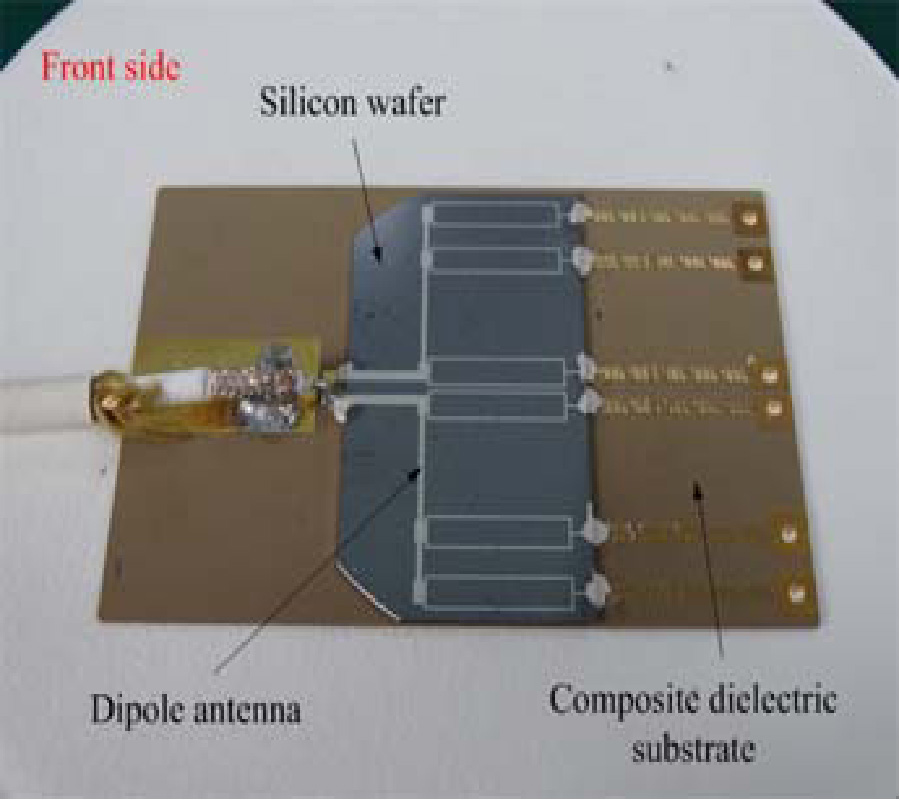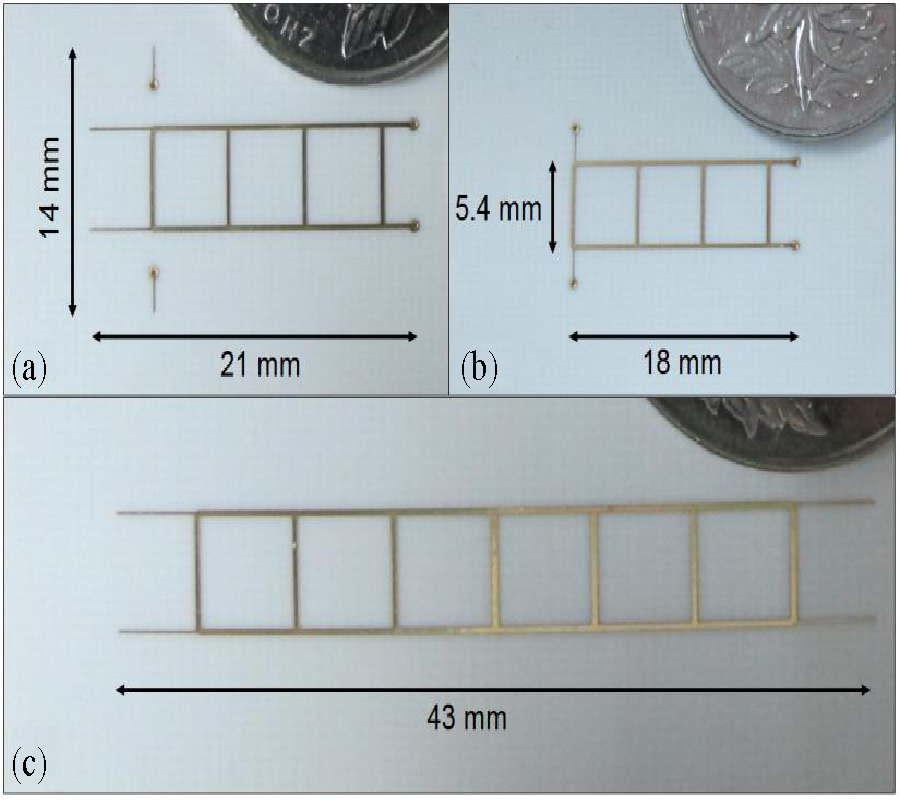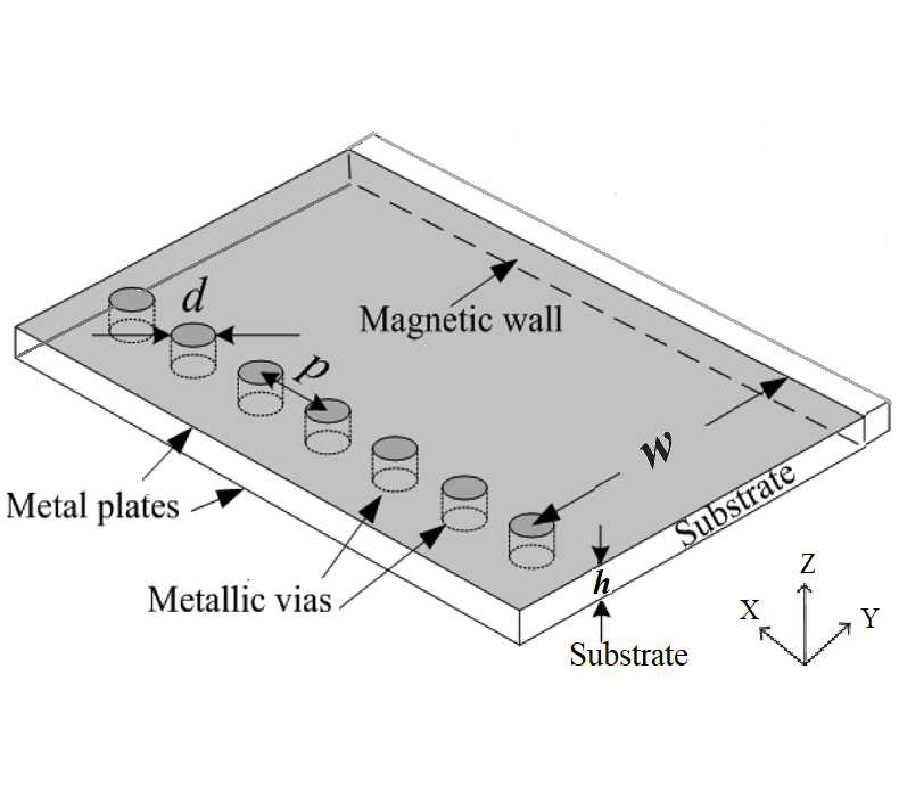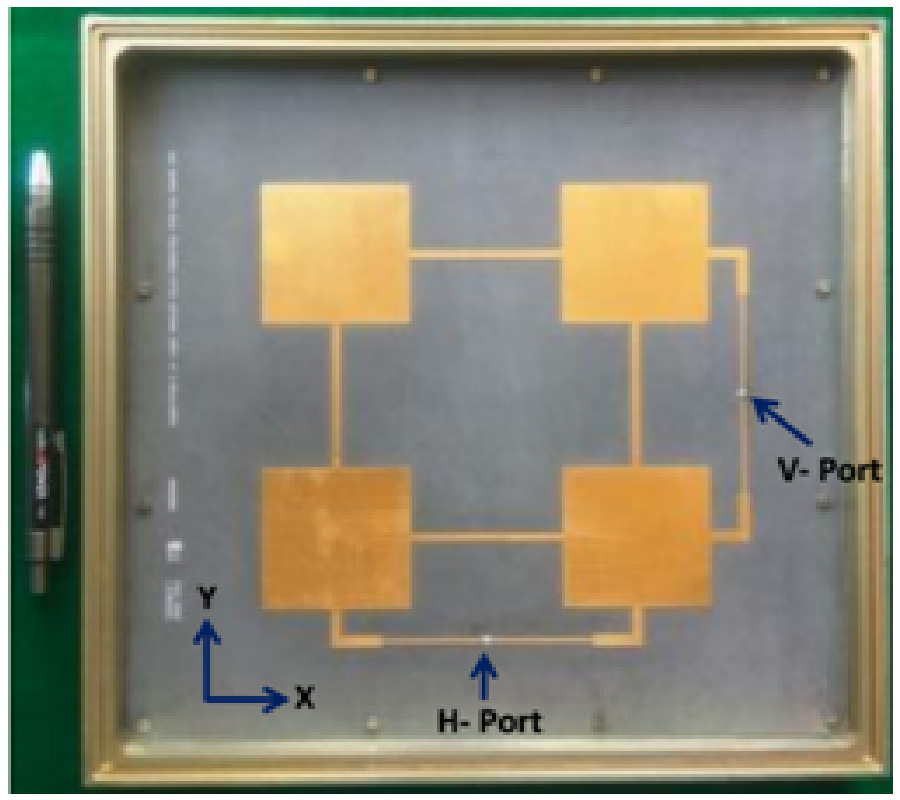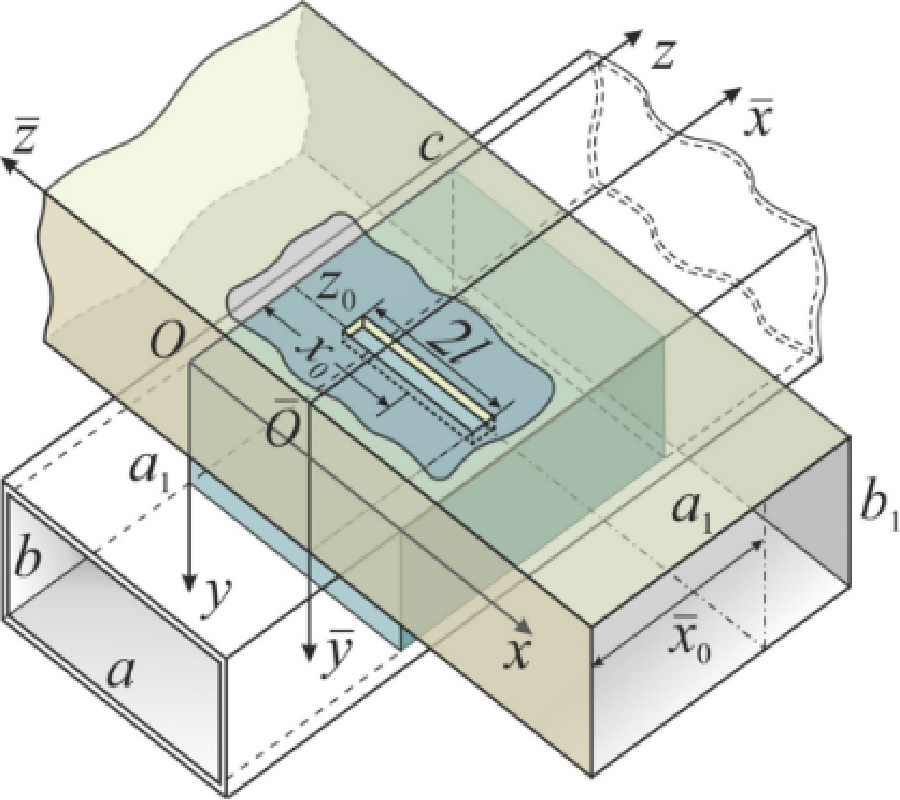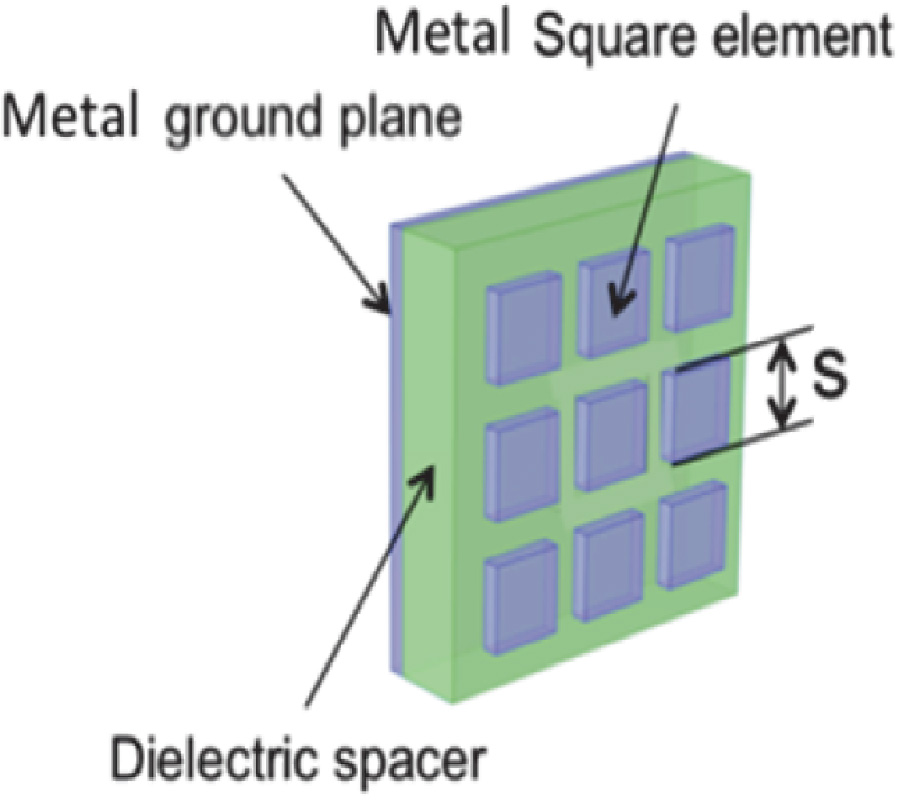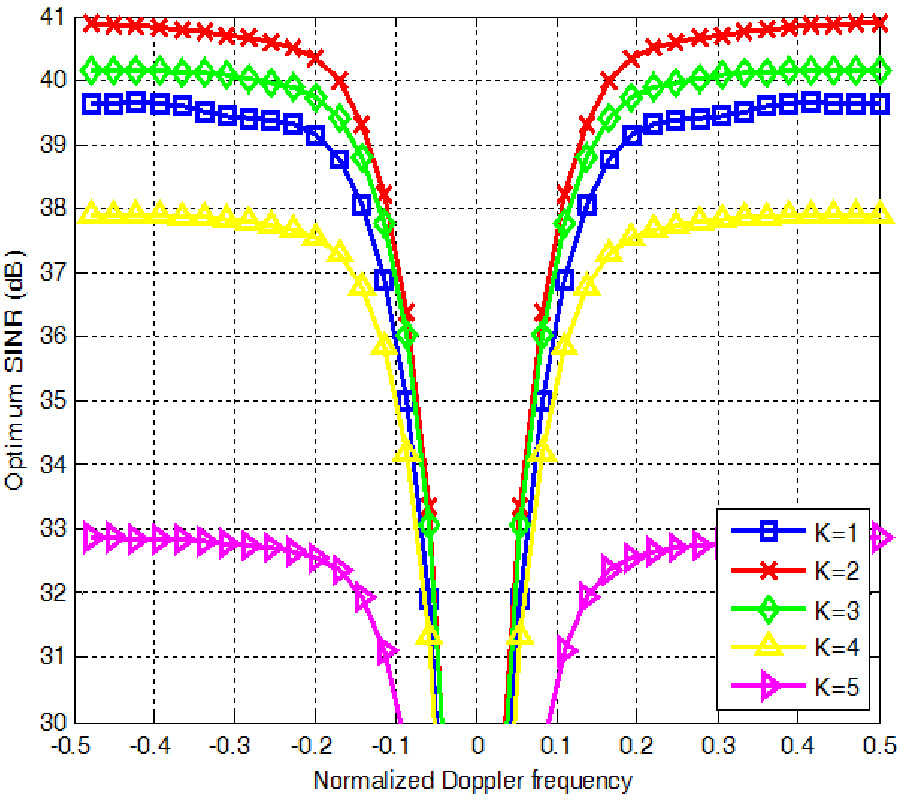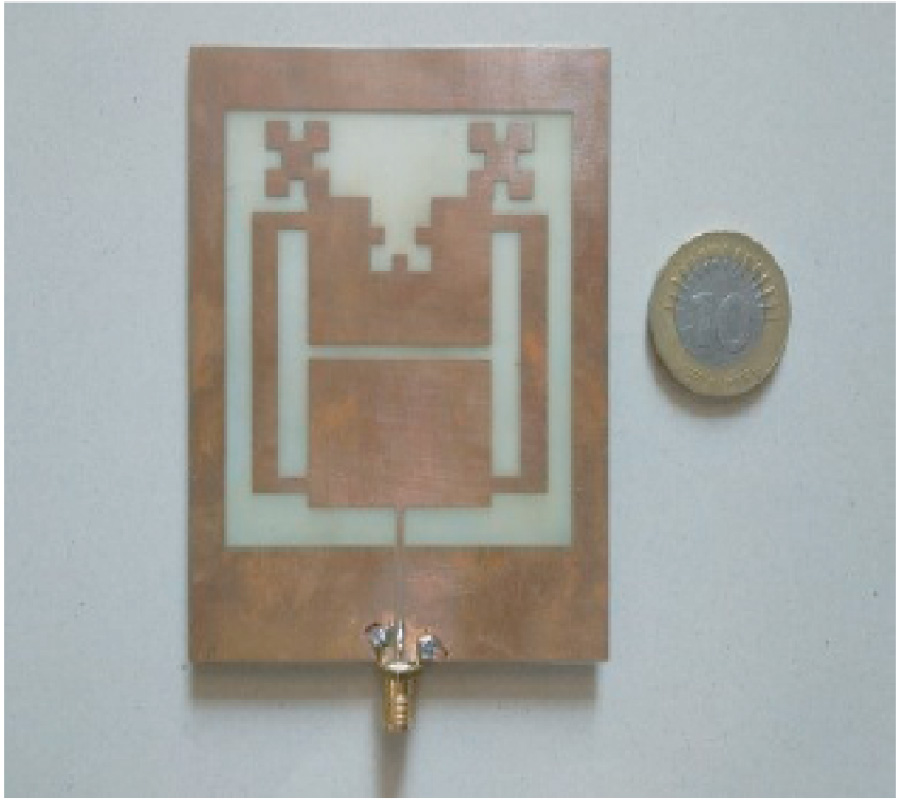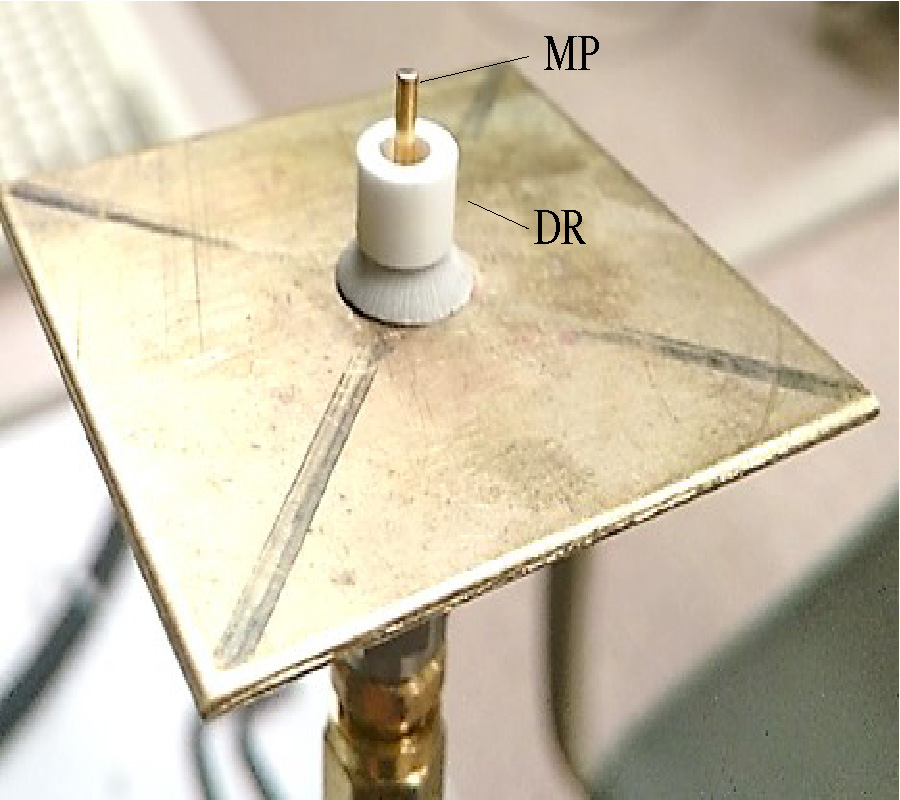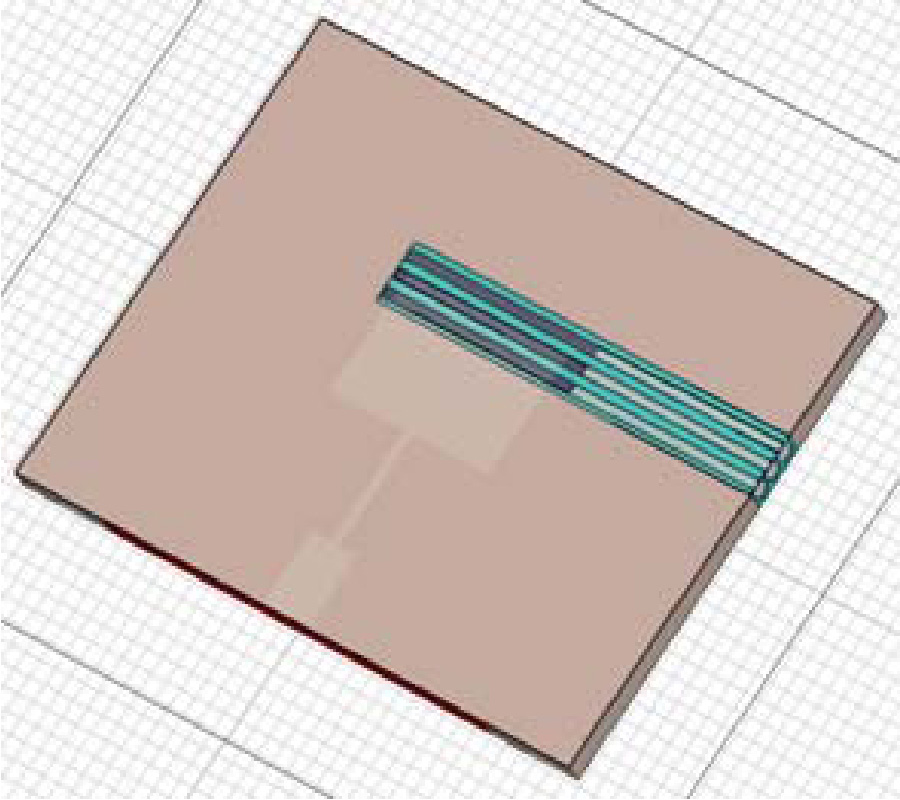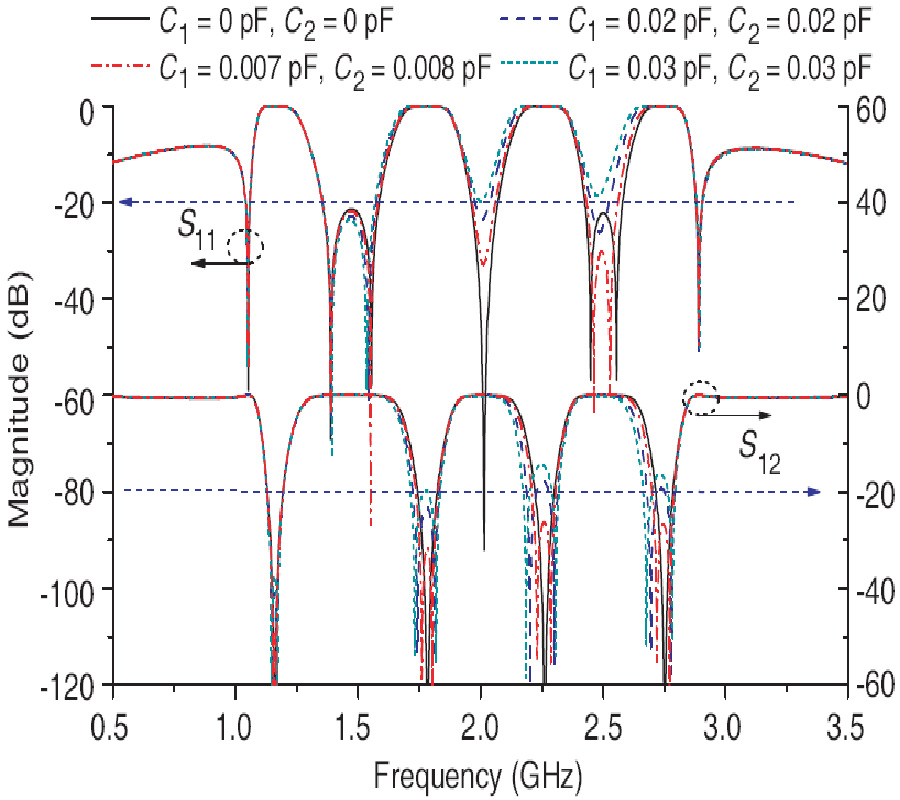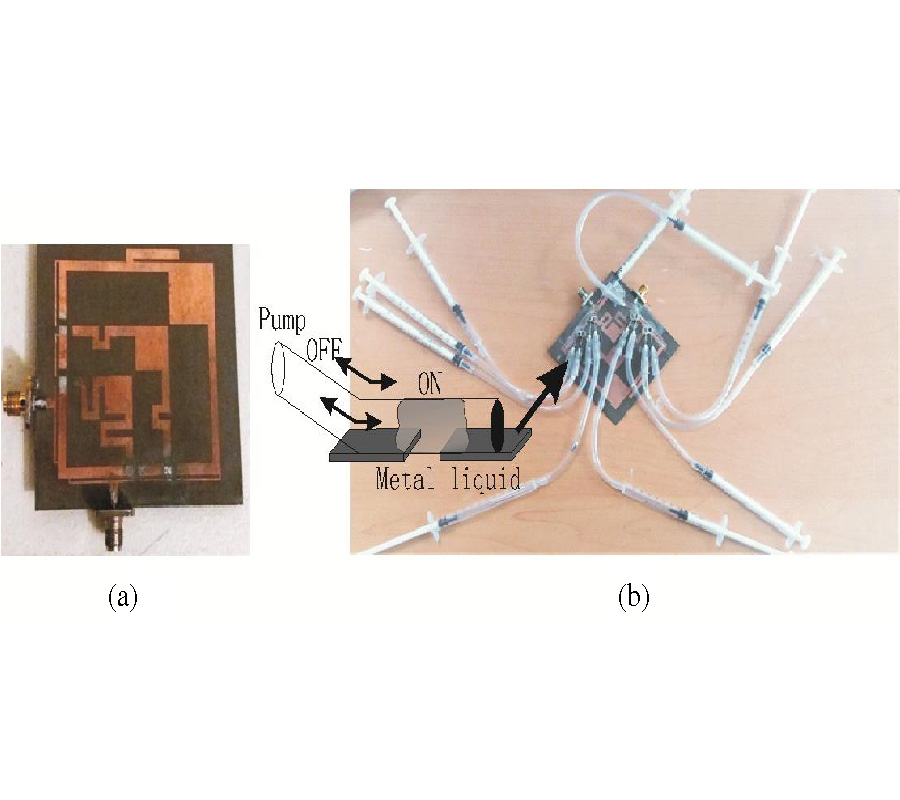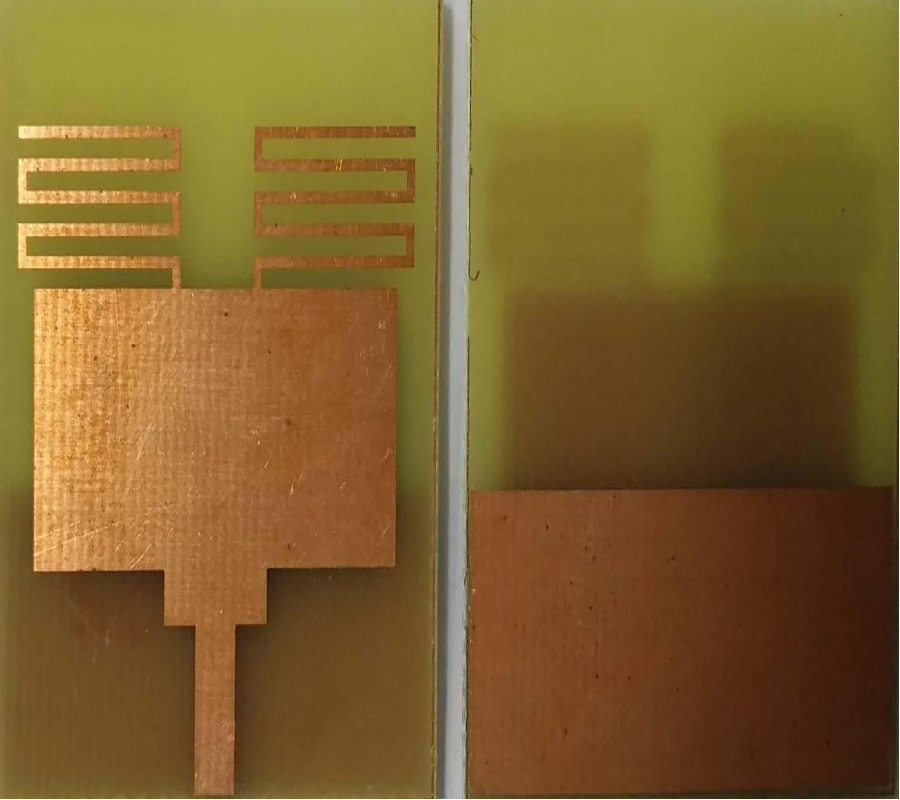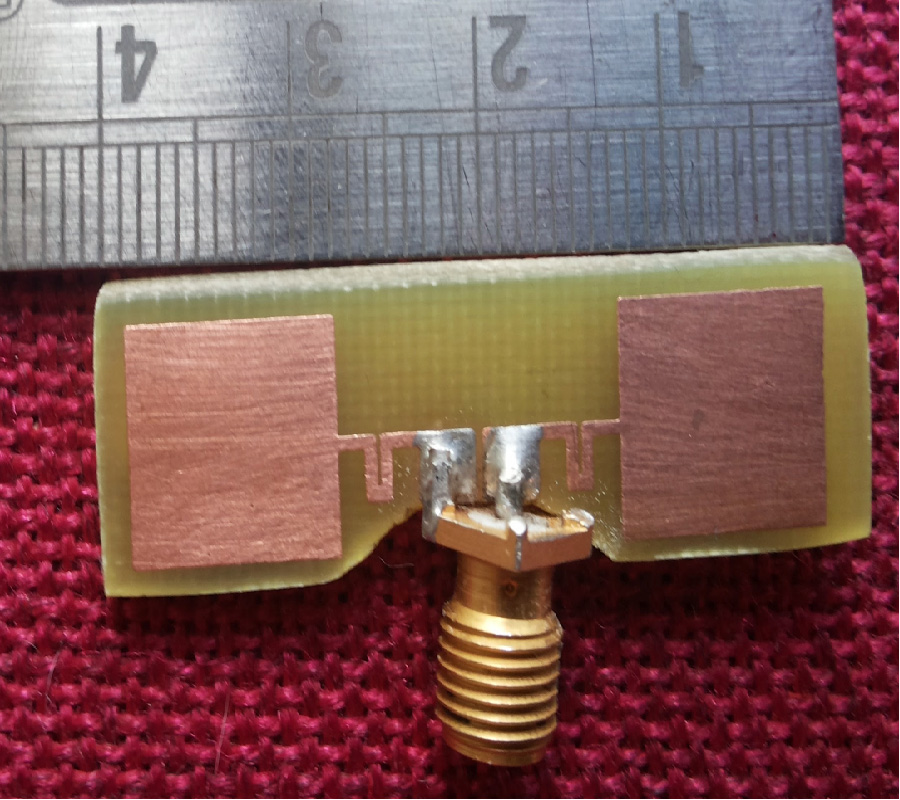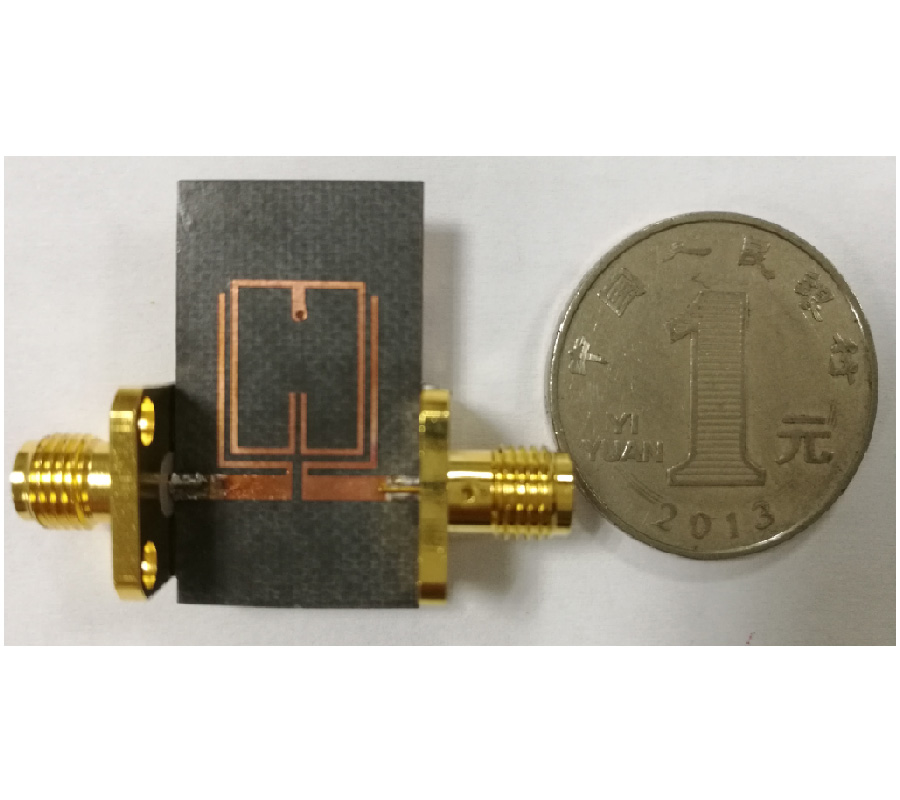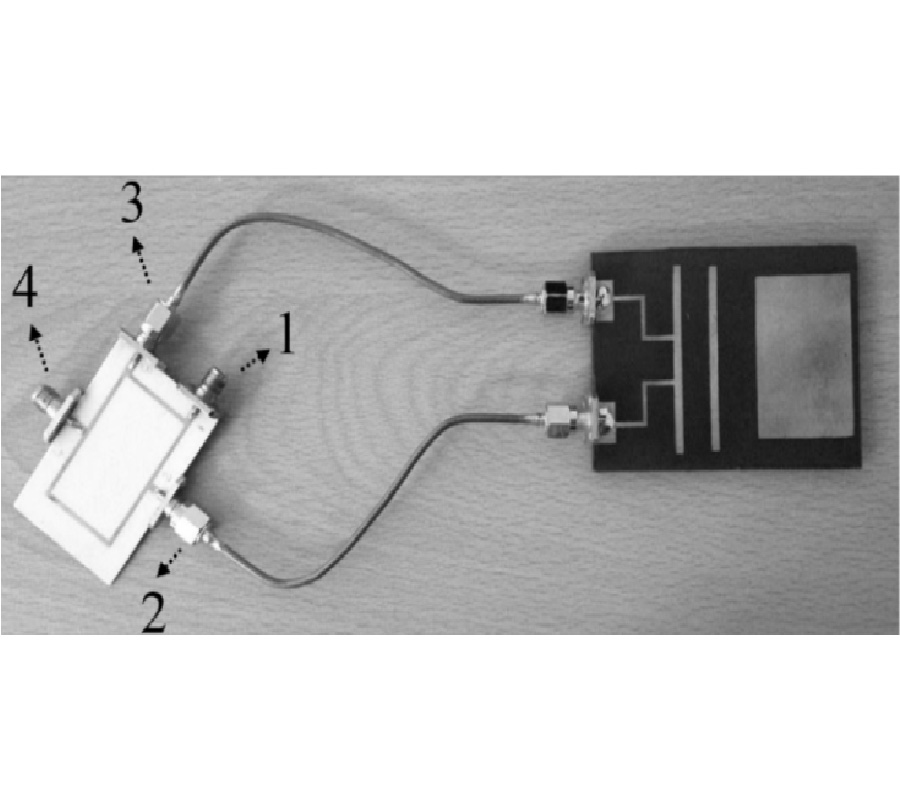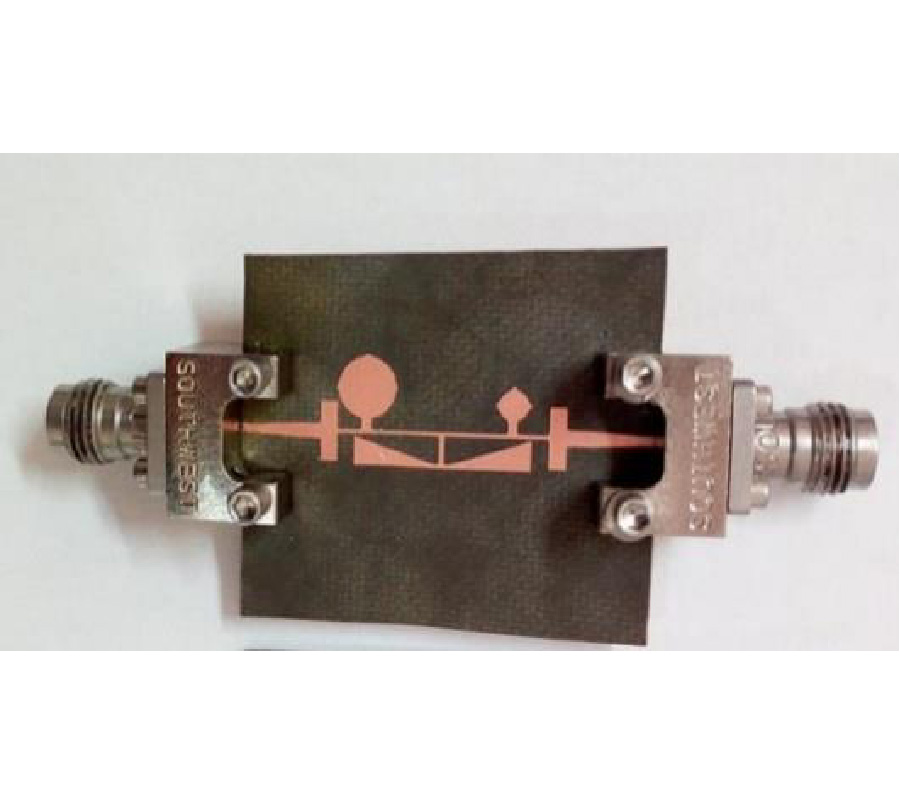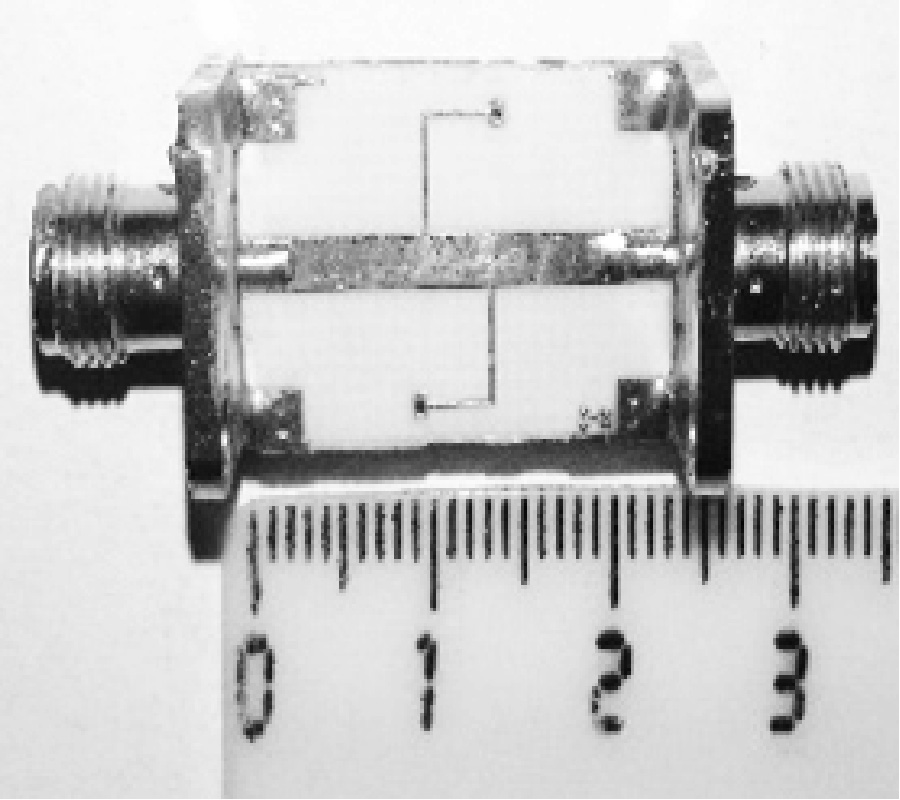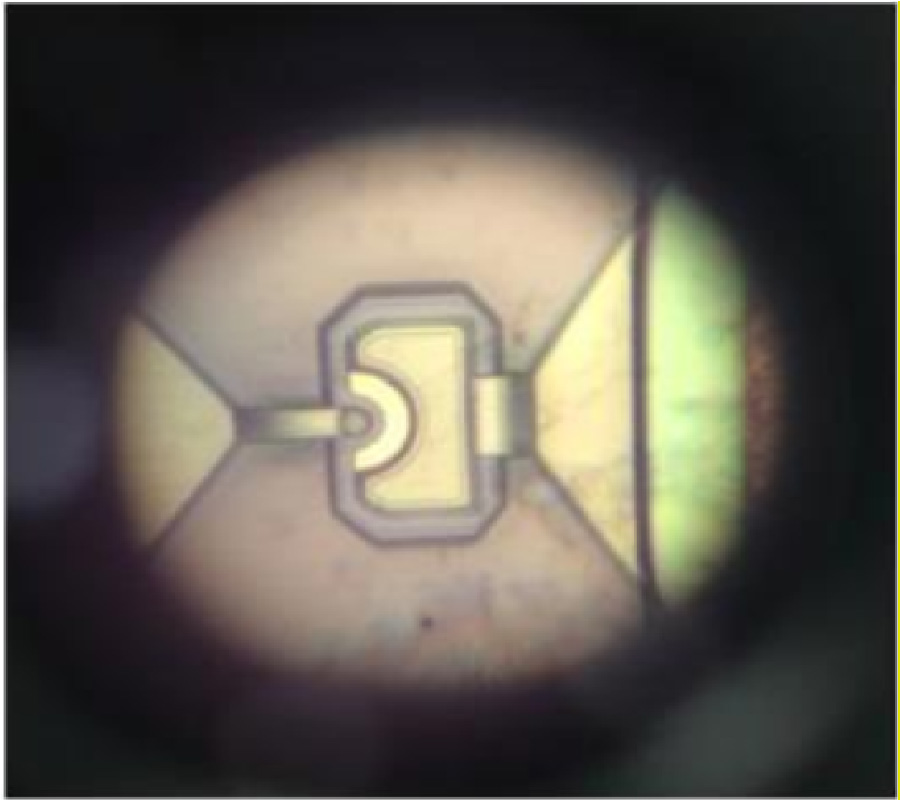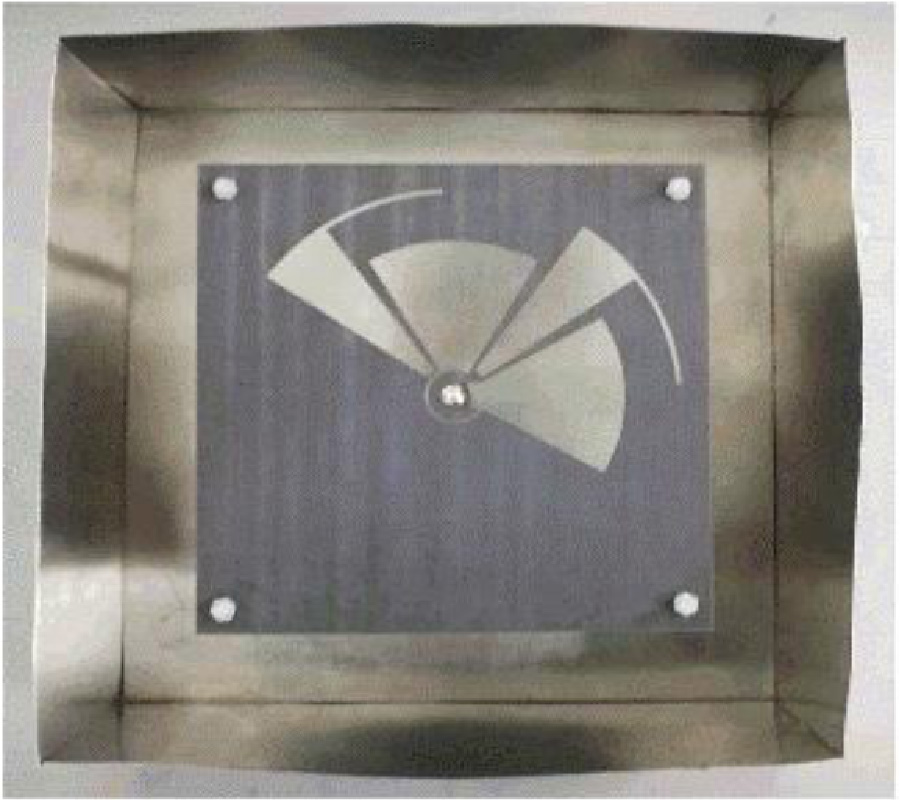Design of a Broadband Fixed IF Sub-Harmonic Mixer at Ka Band
Jianhong Hou,
Heng Xie,
Xing Li,
Hongtao Zhang,
Minghua Zhao and
Yong Fan
This paper describes the design of a broadband, fixed-IF, high efficiency single subharmonic mixer at Ka-band. The co-simulation between HFSS and ADS is applied to the modeling of the mixer. In order to improve the accuracy of simulation, the diode model is divided into passive linear model and active nonlinear model. On this basis, a global accurate equivalent circuit model of mixer is proposed and verified by testing data. The circuit of the presented mixer printed on the substrate of Rogers RT/Duroid 3003 is mounted in a waveguide block. When the fifixed IF frequency is set at 1.5 GHz, measured results show that the conversion loss is less than 8 dB over the RF bandwidth from 25 GHz to 39 GHz with 12 dBm of local oscillator power. The minimum conversion loss of 6.2 dB is measured at 28 GHz. The measured isolation between LO and IF, LO and RF is over 23 dB. The measured isolation between IF and RF is over 20 dB. Good isolation is achieved.
